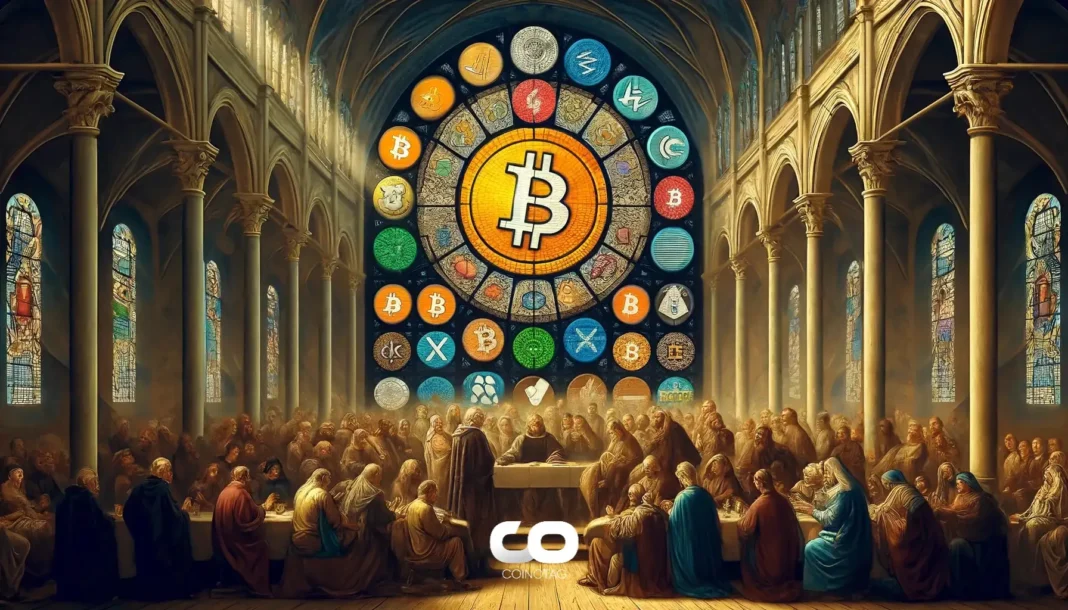Venezuela’s reliance on stablecoins like Tether (USDT) has surged due to hyperinflation and sanctions, enabling citizens and the government to preserve wealth and conduct international trade. With the bolívar devalued, these digital assets now facilitate daily transactions and oil exports, marking a shift toward crypto-integrated finance in Latin America.
-
Venezuela’s economic crisis drives stablecoin adoption as a hedge against hyperinflation exceeding 300% annually.
-
Stablecoins support government-led oil sales to allies like Russia, bypassing traditional banking restrictions.
-
Venezuela received $44.6 billion in crypto payments from July 2024 to June 2025, ranking fourth in Latin America per Chainalysis data.
Venezuela stablecoins adoption surges amid crisis: Discover how Tether (USDT) safeguards savings and enables trade. Explore impacts on economy and geopolitics—stay informed on crypto’s role today.
What is Venezuela’s Reliance on Stablecoins and Why is it Growing?
Venezuela’s reliance on stablecoins, particularly Tether (USDT), stems from chronic hyperinflation and international sanctions that have crippled the national currency, the bolívar. These digital assets, pegged to the U.S. dollar, offer stability for everyday transactions and wealth preservation, with adoption accelerating as inflation rates surpass 300%. This shift not only empowers individuals but also allows the government to navigate global trade barriers effectively.
How Are Stablecoins Integrated into Venezuela’s Daily Economy?
Stablecoins have become a cornerstone of Venezuela’s informal economy, where citizens use platforms like Binance to convert bolívares into USDT for purchases ranging from groceries to remittances. According to reports from Chainalysis, this integration has led to Venezuela processing approximately $44.6 billion in cryptocurrency transactions between July 2024 and June 2025, positioning it as the fourth-largest recipient in Latin America behind Brazil, Argentina, and Mexico. Experts note that nearly half of the country’s legally imported hard currency now circulates through these digital channels, reducing dependence on volatile local banking systems.
The government’s strategic use of stablecoins extends to international dealings, such as oil exports. Recent partnerships, including formalized agreements with Russia, leverage USDT to settle trades and evade U.S.-imposed sanctions. As outlined in analyses by The New York Times, President Nicolás Maduro’s administration has effectively rewired portions of the economy around these assets, enabling smoother cross-border payments. This approach underscores stablecoins’ role in maintaining economic lifelines amid geopolitical pressures.
Prominent figures like Maria Corina Machado, a Nobel Peace Prize laureate and opposition leader, highlight the broader societal impact. Machado has publicly advocated for Bitcoin and stablecoins as tools for asset protection against government seizures, stating in interviews that “digital currencies provide the financial sovereignty needed to defend democracy.” Her actions reflect a growing trend among Venezuelans, where over 8 million have emigrated since 2013 due to economic collapse, often relying on crypto to transfer funds abroad securely.
Frequently Asked Questions
What Role Do Stablecoins Play in Venezuela’s International Trade?
Stablecoins like USDT facilitate Venezuela’s oil exports and other trades by providing a sanctions-resistant payment method, especially with partners such as Russia. This allows the government to receive dollar-equivalent value without relying on frozen traditional accounts, processing billions in transactions annually while stabilizing import flows for essentials.
Why Are Venezuelans Turning to Crypto Amid Economic Turmoil?
Venezuelans are adopting crypto because hyperinflation has rendered the bolívar nearly worthless, with rates over 300% eroding savings daily. Stablecoins offer a reliable store of value and easy access to global markets, helping families send remittances and buy goods without banking access, as voice searches increasingly highlight this necessity for survival.
Key Takeaways
- Hyperinflation Hedge: Stablecoins protect against the bolívar’s devaluation, becoming essential for daily financial stability in Venezuela.
- Government Adoption: Official use in trade, like oil sales to Russia, demonstrates stablecoins’ geopolitical utility amid sanctions.
- Regional Leadership: As Latin America’s fourth-largest crypto hub, Venezuela’s $44.6 billion in inflows signals broader adoption trends—consider diversifying assets with informed crypto strategies.
Conclusion
Venezuela’s deepening embrace of stablecoins and cryptocurrencies reflects a resilient response to hyperinflation, sanctions, and economic isolation, with USDT enabling both personal savings and national trade initiatives. As figures like Maria Corina Machado champion these tools for financial independence, the nation’s trajectory points toward greater crypto integration. Investors and observers should monitor these developments closely, as they may influence global digital asset trends in the coming years.





